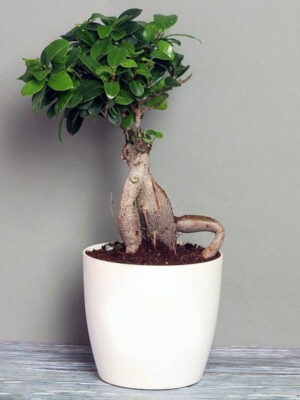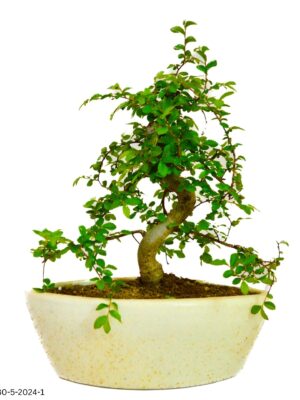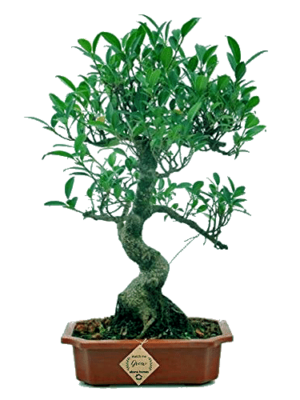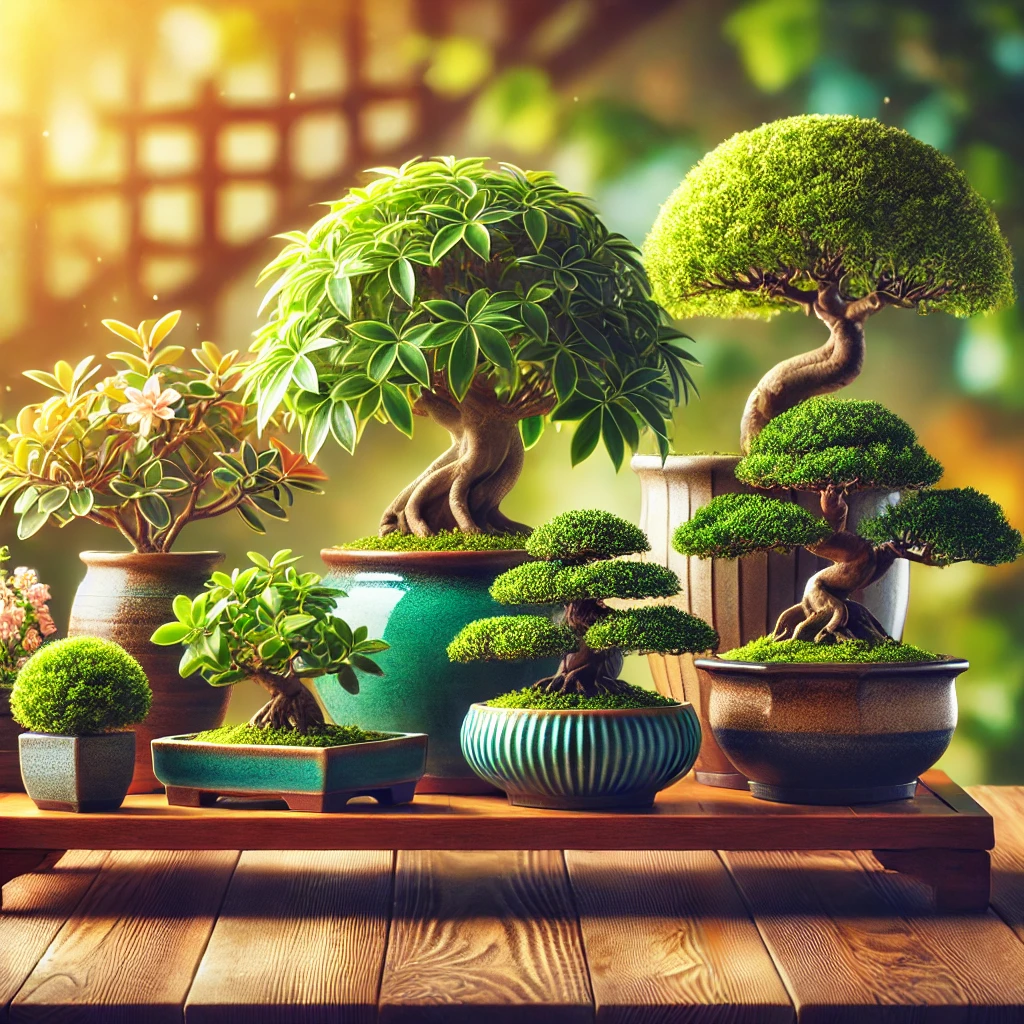Bonsai Boxwood Plant
Boxwood has more than seventy species and common boxwood is more popular for bonsai as they are hardy in nature and grow faster. They are common trees for English landscaping, their pom-pom-like appearance can be shaped into living statues. Because of their evergreen and long-lasting characteristics, they are famous for hedges. Their other characteristics are dense foliage, leathery leaves, and round bark. Boxwood bonsai’s roots are shallow and the barks are thin, and study shows that even wild boxwood has the same growth pattern, so for greater growth many gardeners prefer to start with woody cuttings.
Care Tips for Bonsai Boxwood Plant
Light: They can handle full sunlight to partial shade for four to five hours. In hot climates morning or afternoon’s mild sunlight is ideal.
Water: For the first year, newly planted trees need watering regularly, particularly in dry weather. The roots take one to two years to fully established, after that watering can be done when the upper surface is dry to touch.
Soil: Boxwood plants are extremely flexible about soil preference. Be it alkaline or acidic, infertile or rich they can bear it as long as it drains well.
Fertilizer: Apply an all-purpose fertilizer to promote the color of the foliage in spring and apply again in the fall for root growth. But be careful, their roots are thin and prone to get fertilizer burn.
Pest and disease: Boxwood can be a food source for pests like scales, mites, and leaf miners and they can be easily treated with neem oil and insecticidal spray. They can build powdery mildew and can be cured by fungicide and pruning.
Grow tips for Bonsai Boxwood Plant
- Do not expose them to excessive sunlight, place them where it has partial sunlight reach. Rotate the pot from time to time for balanced growth.
- Pruning and thinning the underside of the branches will boost back-budding and retention of the leaves.
- Re-pot the tree every two-three years for visible and controlled growth.







Reviews
There are no reviews yet.